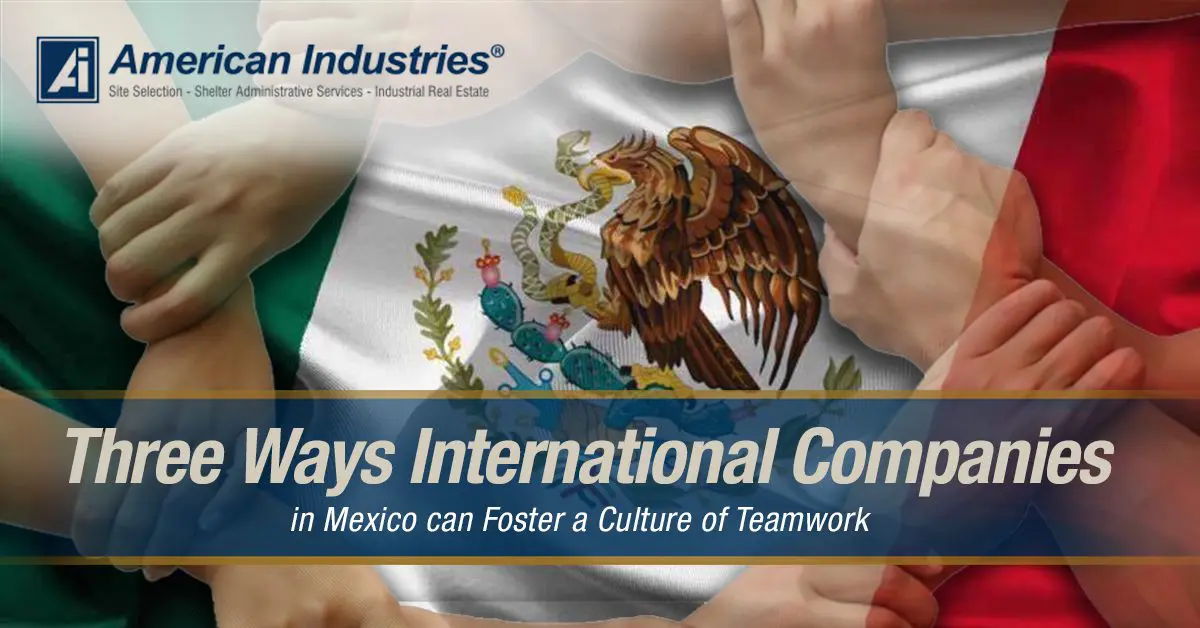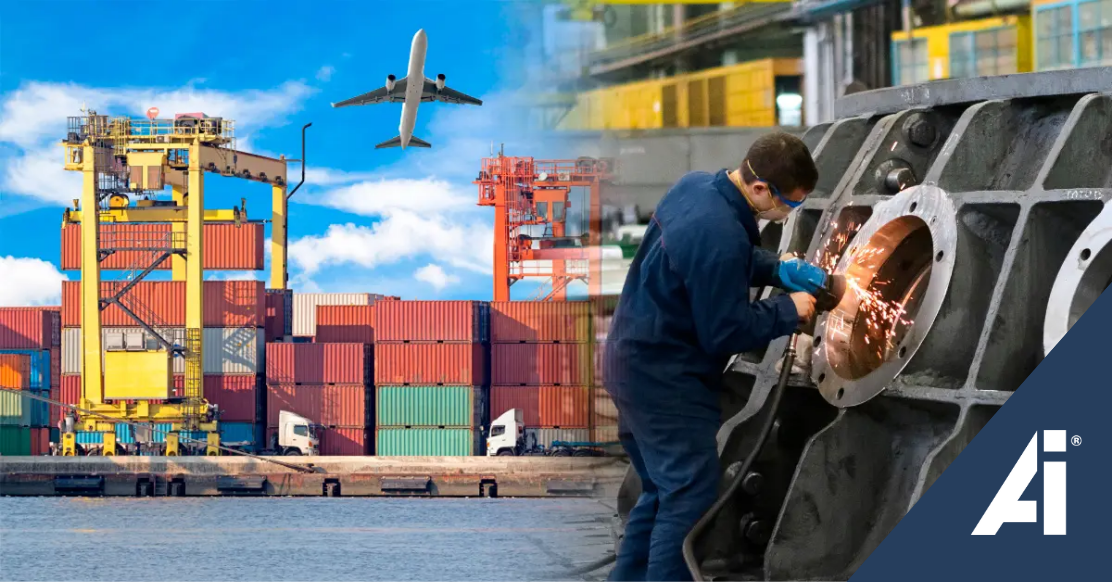Reduced Time-to-Market: The Competitive Advantage of the Shelter Model in Mexico

Published 09/19/2025
Table of contents
- Reduced Time-to-Market: The Competitive Advantage of the Shelter Model in Mexico
- Why Does Time-to-Market define Your Success?
- The Benefits of a Faster TTM
- How to Know If Your Company Is Losing Valuable Time
- 5 Pitfalls That Could Delay Your Entry into the Mexican Market
- Mexico: A Strategic Hub for the U.S. Market
- How the Shelter Model Turns Waiting into a Competitive Advantage
- Real-Life Examples of TTM Improvement with the Shelter Model
- Comparison: With vs. Without Shelter
- Shelter Model: The Key to Speed and Competitiveness
In today’s global economy, time is as valuable as capital. Every week a company delays the launch of a product can mean lost contracts, reduced profitability, and missed opportunities to more agile competitors. This phenomenon is captured in one critical concept: time-to-market (TTM).
In industries such as automotive, aerospace, electronics, or medical devices, TTM has become one of the most closely monitored strategic indicators by operations and planning executives. In the context of nearshoring—where Mexico stands out as a natural destination for foreign investment due to its proximity to the United States—achieving a fast and efficient setup becomes a key differentiator.
However, opening operations in a foreign country is not a simple process. Complying with local regulations, securing tax permits, hiring and training staff, and adapting industrial facilities can easily stretch over 12 to 18 months.
This is where the shelter model offers a proven solution. By providing a ready-to-operate legal, tax, and administrative structure, it can reduce TTM by several months, allowing foreign companies to begin operations in Mexico in as little as 3 to 6 months.
Why Does Time-to-Market define Your Success?
- In the electronics sector, a six-month delay in the production of a new component could make it obsolete against Asian competitors.
- In the medical industry, failing to set up a plant compliant with FDA and NOM-241-SSA1-2021 standards in time may result in lost contracts with U.S. hospitals.
- In the automotive sector, where innovation cycles are driven by regulations like Euro VI or trends such as electromobility, late starts can mean missing an entire market cycle.
In short, TTM determines whether a company gains or loses competitiveness in markets where speed is as critical as quality.

The Benefits of a Faster TTM
Reducing TTM yields both immediate and long-term benefits:
- Global Competitiveness. Faster market entry ensures leadership, long-term relationships with key clients, and stronger positions in international supply chains.
- Higher Profitability. Each month closer to your target market means greater revenue, contract fulfillment, and a healthier project launch.
- Technological Adaptability. In innovation-driven industries like automotive or aerospace, shorter startup times help avoid obsolescence and accelerate adoption of new trends and regulations.
- Investor and Client Confidence. Meeting tight deadlines builds credibility and demonstrates execution capability—essential for investor trust and contract continuity.
- Scalability. A faster launch allows for real-time market assessment, agile operational adjustments, and lower exposure to volatile demand.
How to Know If Your Company Is Losing Valuable Time
Effective TTM management requires clear KPIs. The most commonly used indicators include:
- Total Setup Time. Number of months from investment decision to the official start of production—directly reflecting expansion efficiency.
- Duration of Regulatory and Tax Procedures. Time needed for permits, registrations, certifications, and programs such as IMMEX. Delays here impact the entire value chain.
- Talent Acquisition Speed. Time spent recruiting, training, and enabling qualified staff—critical in industries requiring specialized profiles.
- Infrastructure Readiness. Time allocated for build-to-suit construction or adapting existing industrial space—key for physical operational readiness.
- Certification Timeline. Time to obtain essential accreditations such as ISO 9001, IATF 16949 (automotive), AS9100 (aerospace), OEA (customs), and NOM-STPS (labor safety).
These KPIs help monitor performance and identify bottlenecks. More importantly, they offer measurable insights into the impact of improving TTM.
5 Pitfalls That Could Delay Your Entry into the Mexican Market
Setting up operations in a new country can be complex. Key factors that prolong TTM include:
- Regulatory Bureaucracy. Tax, environmental, and labor permits can involve multiple agencies and long timelines. Poor management may result in months of delays.
- Specialized Hiring. Recruiting certified technicians, cleanroom-trained engineers, or skilled operators can take months—especially in regions with talent shortages.
- Certifications and Compliance. Going beyond paperwork, compliance requires audits, quality systems, and thorough documentation. Without guidance, this can stall market entry.
- Industrial Infrastructure. Building a new facility from scratch (build-to-suit) can take 12–14 months. Even adapting existing buildings involves permits, technical adjustments, and certifications.
- Cultural and Legal Learning Curve. Adapting internal processes to new regulatory frameworks and navigating different business cultures can lead to delays without expert support.
These challenges can significantly impact competitiveness, particularly without an experienced local partner.
Mexico: A Strategic Hub for the U.S. Market
Mexico has become the top destination for nearshoring to the U.S. Its geographical location offers unmatched advantages:
- Lower Logistics Costs. Shipping a container from Monterrey to Texas takes just days, compared to 3–5 weeks from Asia—allowing faster response to U.S. demand and reduced in-transit inventory.
- Trade Certainty. The USMCA (T-MEC) provides clear, preferential rules for supply chains and shields businesses from sudden regulatory changes.
- World-Class Infrastructure. Mexico offers modern industrial parks, high-capacity ports, and specialized border crossings for advanced manufacturing.
According to the Inter-American Development Bank (IDB), relocating operations to Mexico can cut logistics costs by up to 60% compared to Asia. For U.S.-oriented companies, this translates into significant TTM improvement and faster product availability.
How the Shelter Model Turns Waiting into a Competitive Advantage
The shelter model is a unique structure in Mexico that allows foreign manufacturers to operate without establishing a legal entity. The shelter provider handles legal, tax, labor, and administrative responsibilities so the client can focus entirely on production.
Key advantages for reducing TTM include:
- Immediate Permits. Through the shelter’s existing legal framework, companies gain near-instant access to programs like IMMEX, VAT/IEPS, and OEA.
- Faster Hiring. Shelter providers have experienced recruitment teams and standardized processes that can staff operations in weeks.
- Ready Infrastructure. Immediate access to leasable industrial space or build-to-suit developments minimizes preparation time.
- Lower Risk. Full compliance with Mexican and binational regulations is assured, reducing the risk of tax, labor, or customs issues.
According to INDEX, companies using the shelter model can reduce setup times by up to 60% compared to independent operations.
Additional advantages include:
- Lower Administrative Costs. Shared services in HR, accounting, and compliance reduce overhead.
- Scalability. Operations can grow quickly and smoothly without repeated regulatory hurdles.
- Flexibility. Companies can easily adapt production volumes to market demand.
- Legal and Fiscal Certainty. The shelter model reduces risk for corporate headquarters and investors alike.
In short, this model doesn’t just accelerate your launch—it safeguards your investment.
Real-Life Examples of TTM Improvement with the Shelter Model
Nothing proves the shelter model’s value better than real results. Here are two examples of accelerated TTM in Mexico:
Case 1: Automotive Sector
A European auto parts manufacturer needed to supply clients in Detroit and Texas. Without shelter support, permits and certifications were projected to take 14 months. Under the shelter model, production began in just 5 months—securing contracts that would have otherwise been lost.
Case 2: Medical Devices
A U.S. diagnostic equipment company required FDA- and NOM-241-compliant facilities. With shelter support, ISO 7 cleanrooms were up and running in less than 6 months, ensuring uninterrupted supply to hospitals in California and Florida.
These cases demonstrate how the shelter model acts not only as an administrative facilitator but as a true strategic accelerator.
Comparison: With vs. Without Shelter
Process Without Shelter With Shelter
Legal and Tax Permits 8–10 months 1–2 months
Hiring and Training 4–6 months 1–2 months
Industrial Infrastructure 12–14 months 3–6 months
Start of Operations 12–18 months 3–6 months
Time reduction directly impacts profitability and competitiveness in time-sensitive markets.

Shelter Model: The Key to Speed and Competitiveness
Time-to-market is no longer just a performance metric—it is a strategic factor that defines whether your company wins or loses in a regional market. In Mexico, the shelter model can cut installation times by up to 70%, offer immediate access to the U.S. market, and ensure full compliance from day one.
Don’t let red tape and delays hold you back from one of the world’s most dynamic markets. Your future in Mexico is a matter of timing—and the time to act is now.
Accelerate your growth in Mexico and secure your competitive advantage. Every month you wait is an opportunity your competitors might seize. Mexico is ready. Is your company?
Contact us at start@americanindustriesgroup.com to start mapping your fastest path to success in North America.
Latest Posts
If you would like to find out more about this topic or are interested in receiving a complimentary business case analysis for your operation in Mexico, please fill out this form or contact us at:
US toll-free: +1 (877) 698 3905
CN Toll-free: +1 (400) 076 8899
Attention hours from M to F 9:00 - 18:00 CST
Please note that we do not accept job applications here. If you are interested in applying for a position, please visit the following link: https://www.americanindustriesgroup.com/jobs/





